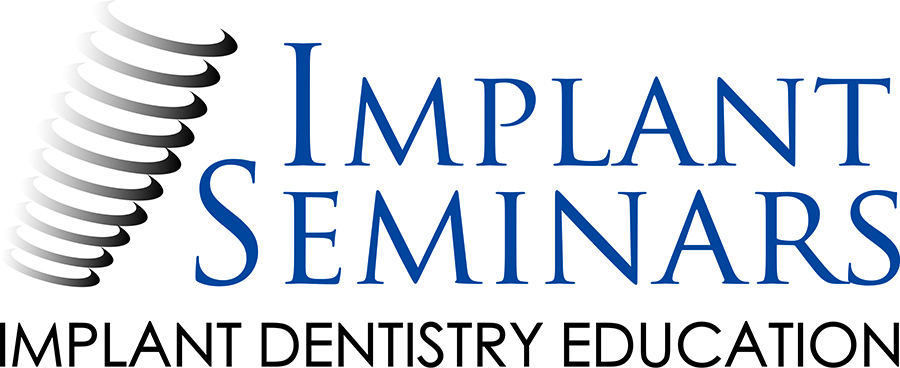How Long Will the Saline Solution Shortage Leave Dental Patients and Practitioners Parched?
Arun K. Garg, DMD
While not exactly blowing up email inboxes around the country, if you’re a doctor – or a patient – the saline solution shortage is a big deal.
That’s because it’s a mounting problem that’s already a year in the making and has caused some dentists to reschedule their oral surgery appointments or cancel them entirely. Considering that saline solution, also known as .9% sodium chloride injection or “normal saline,” is one of medicine’s most basic supportive therapies and that supportive therapies like fluid replenishment/maintenance are key to many hospital procedures and patients, I’m surprised the saline shortage hasn’t received more attention.
The latest Food and Drug Administration update is a case of good news-bad news. Earlier this fall the FDA announced that B. Braun Medical Inc. of Bethlehem, Pa., a producer of the solution, will taps its German manufacturing site to temporarily augment US supply. That statement follows similar announcements going back nearly a year (January 2014) of other pharmaceutical companies relying on their European manufacturing sites as well, including Spain and Norway.
But the bad news is obvious. The shortage remains and if it continues, it may become more difficult for local saline solution suppliers to meet the needs of hospitals and dental clinics. There’s also the risk of price hikes or price volatility. For while the cost of a single saline solution IV bag (which has about two teaspoons of salt in the aqueous mixture) ranges from 44 cents to around one dollar, transportation costs remain high and stringent sterilization procedures add to the total bill. Throw in a little medical bureaucracy to the mix and six liters of saline solution could end up costing much more.
Actual cost aside, saline solution is foundational to modern medicine. In addition to fluid replenishment and combating dehydration, saline solution has been used for hundreds of years to flush out wounds and irrigate clogged nasal passages. In the dental office, saline solution helps cleanse oral surgical sites and reduces the risk of infection – especially in more complicated (and possibly bloodier) dental implant cases.
But when a product this critical to modern medicine isn’t produced in sufficient quantities for nearly a year (more than a billion units are used in the US annually) you have to ask why. To date, the FDA and others have offered up what sounds more like excuses than reasons. Many cite last winter’s harsh conditions as an early catalyst. Frigid cold and relentless snow meant more injuries and hospital admittance. Meanwhile, staying cooped up in poorly ventilated buildings increases the risk of airborne infection. Under these conditions influenza spreads like wild fire, straining medical resources like saline. Others within the medical profession have faulted the FDA itself, blaming the shortage on overly strict saline solution production guidelines.
As a result of the ongoing shortage –regardless of its ultimate cause – some dentists, like Scott Manhart, DDS, of Billings, Montana, said he’s never experienced a saline shortage in his entire career. Failing to resupply his saline stock (a practice which he does about every six weeks) Dr. Manhart had to reduce the number of oral surgeries performed, hurting his practice’s revenue. I’m sure Dr. Manhart is far from the only dentist experiencing such problems.
While I applaud the latest FDA announcement regarding additional European-manufactured saline supply, it’s time we end this entirely man-made drought. No more excuses. No more belated explanations. As an owner of dental practices in South Florida, I know that the buck stops with me. Sometimes, I’m the only one capable of resolving inter-office challenges. The FDA must take a similarly leadership role and assist the world’s top saline solution providers in getting back up to speed. Something this basic to modern medicine shouldn’t hang in the balance. The world cannot wait another year for this problem to be resolved.

